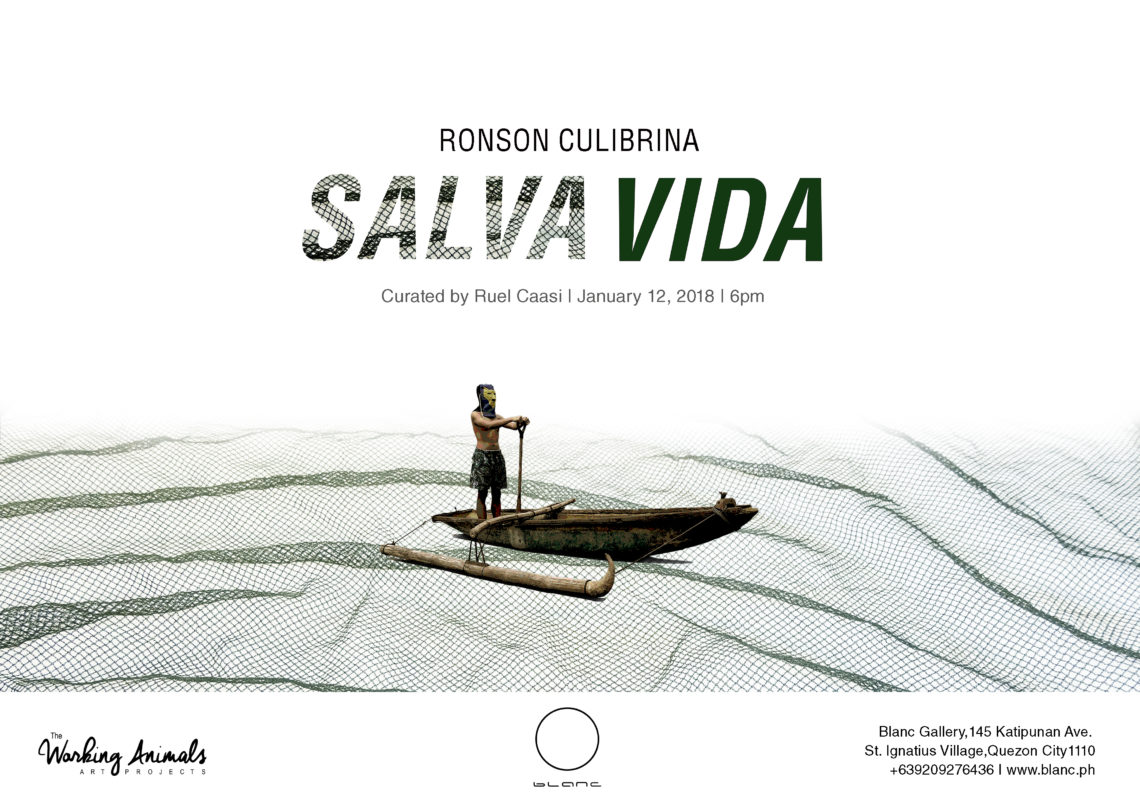
Salva-Vida
Ronson Culibrina takes another spin in exploring the dimensions of environmental and social transformation in a rapidly changing locale. Still inspired by his hometown in Rizal, the traditional way of life is portrayed as it grapples with the excesses of progress and industrialization. He gathers genre scenes and compositions featuring boats, fisherfolks, bamboo stilts, and aquatic plants mixed with plastic bottles and rubber slippers amid the thriving waters of a lakeside community. We see bodies dramatically rowing, diving, and swimming as they get entangled with an assortment of synthetic objects rendered in bright, pop colors, highlighting the onslaught of industries against traditional lifestyle. The contrast suggests abrupt intrusion, visually represented as a disruption of a predominantly muted color scheme.
In this new collection, Culibrina incorporates fishnets as a recurring textural element in the paintings and sculptures. He weaves an ethnographic material commonly identified with a fishing community and explores both its formal qualities and symbolic potential in the process. The works appear to be set against a sheer backdrop composed of tiny grids, with folds and creases that in turn produce an optical movement. As a symbolic device, such nets may well imply the opposing ideas of safety and danger, protection and entrapment, as salient points in reflecting about the ill effects of modernization. The net may on one hand represent a protective cover, but on the other, it is also used to trap a catch. When industrialization is left unchecked and pursued uncritically, natural environments may be in the danger of being subjected to doomed futures. The need to create safety nets becomes of utmost urgency.
Works
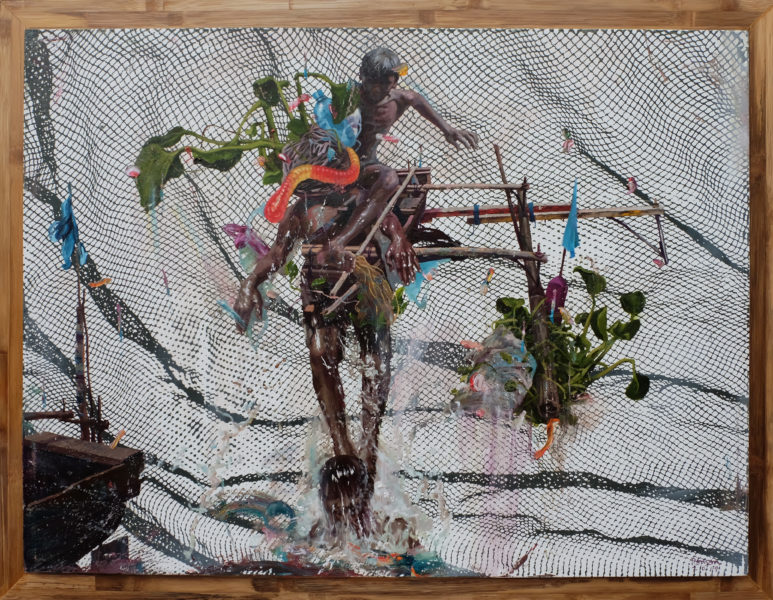
DE-BALTAK
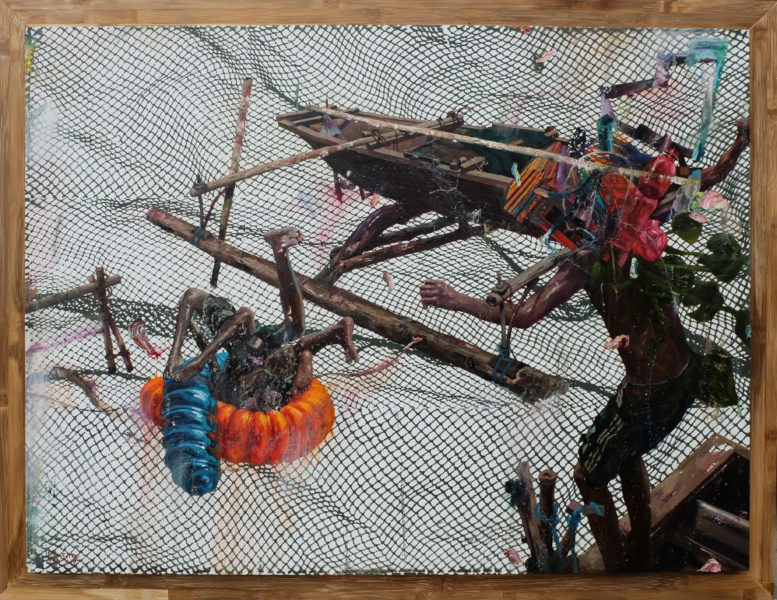
PALANGOY
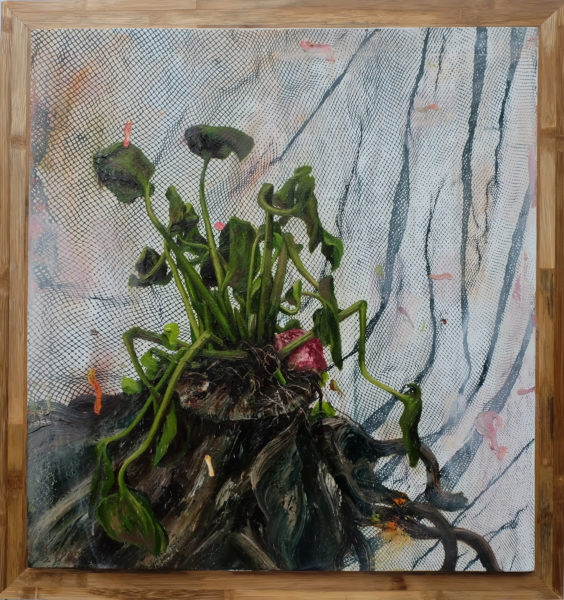
SA PULONG DIYABLO
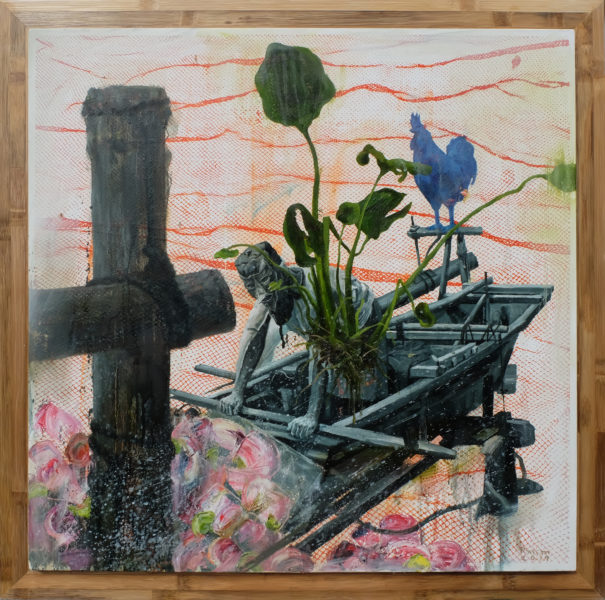
SAKADORA
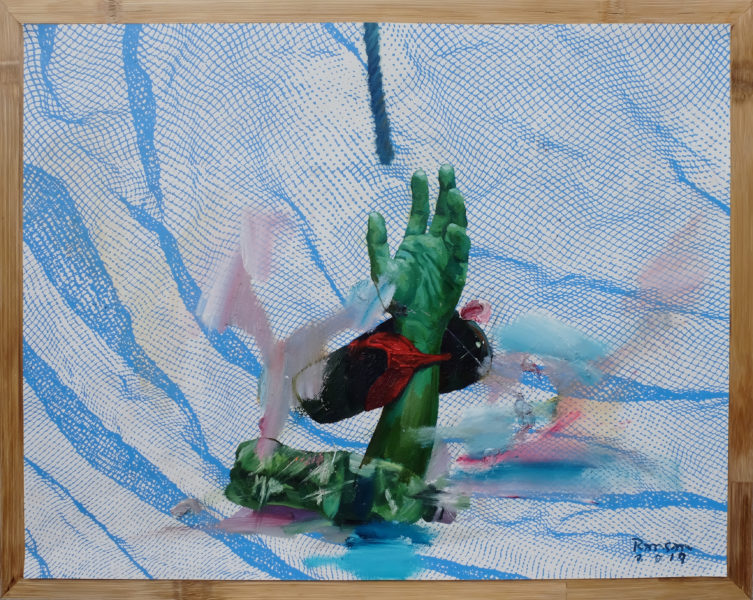
SALVA-VIDA 1
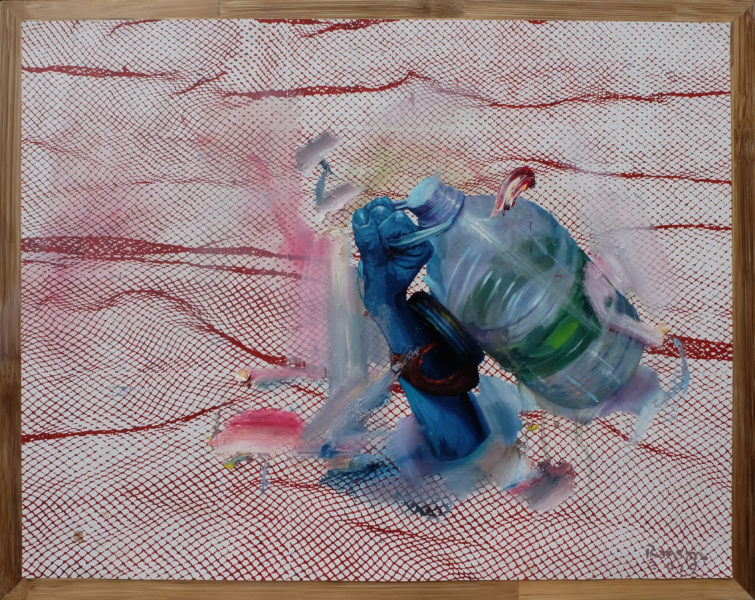
SALVA-VIDA 2
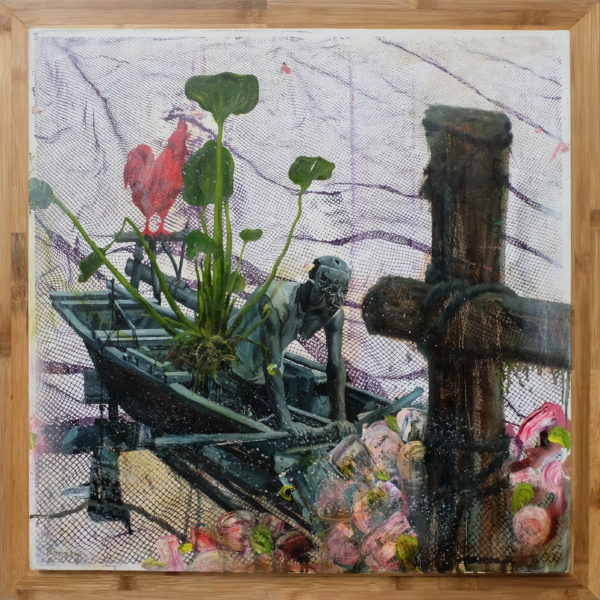
TAKADOR
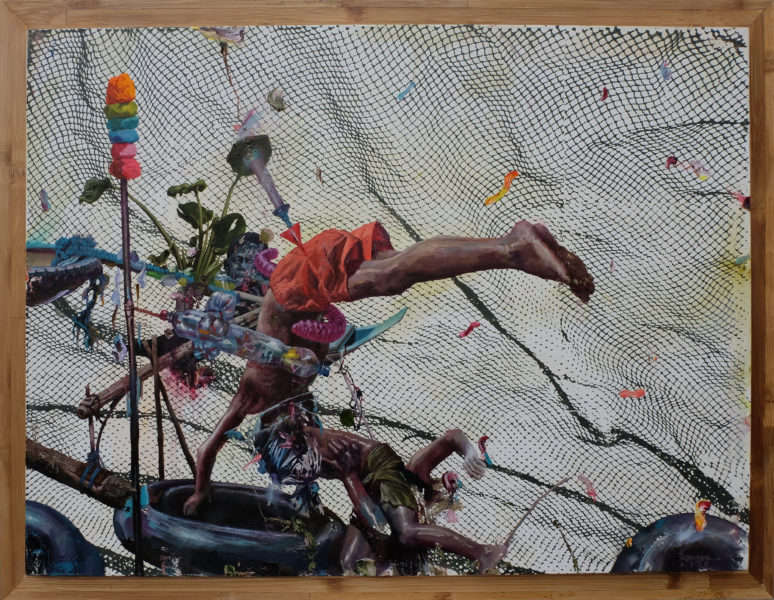
TULOS
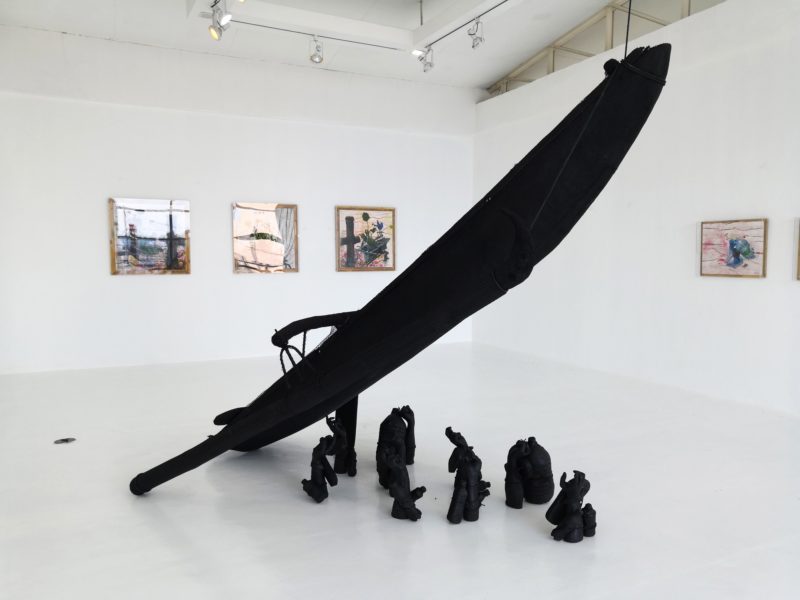
BURAK
Documentation




